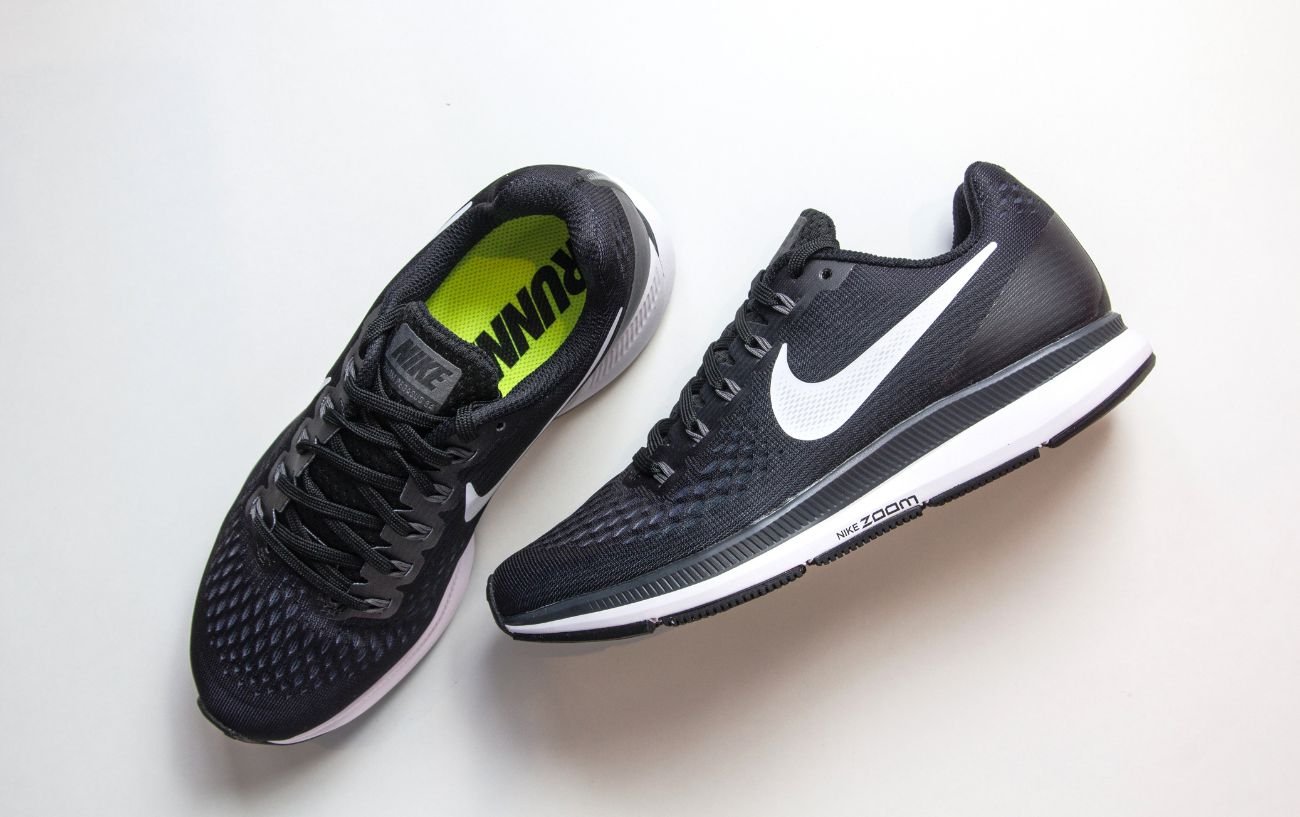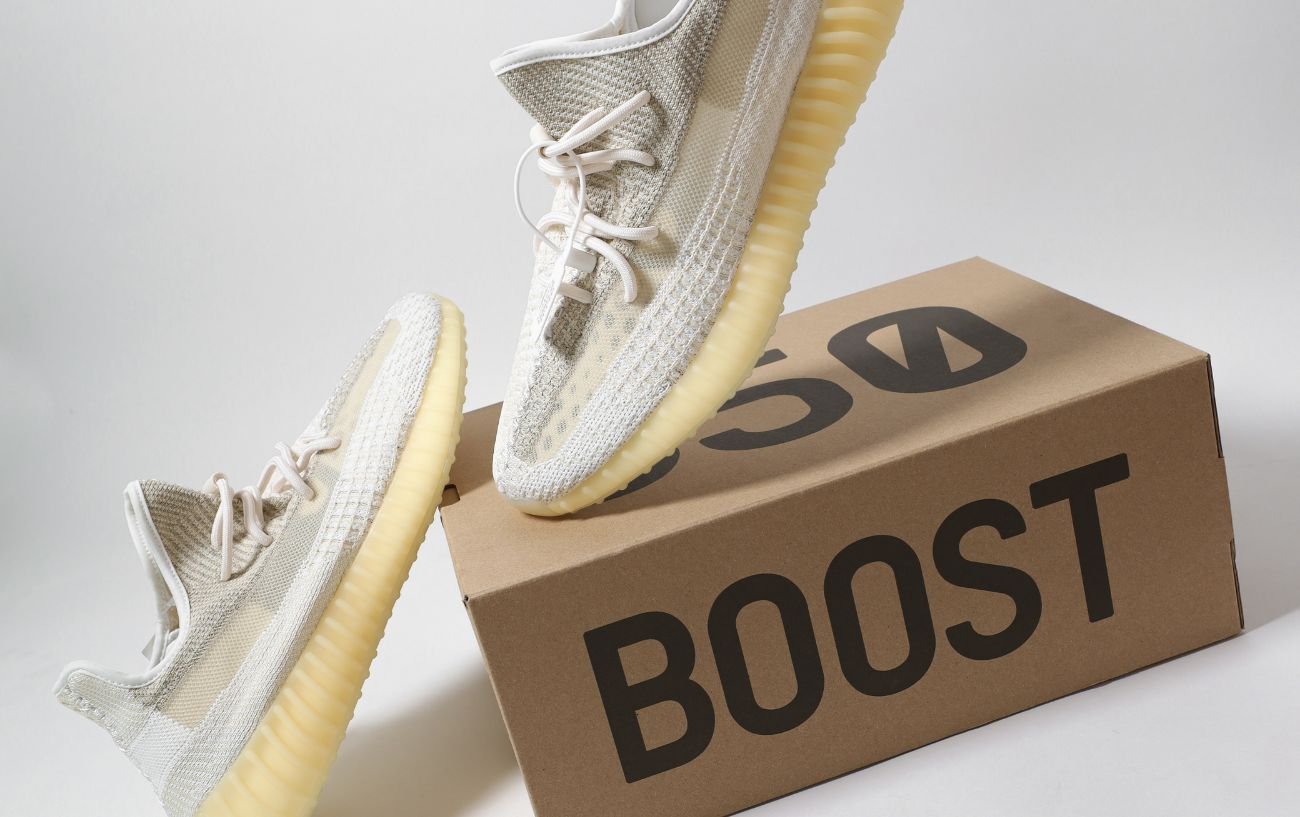Nike Vs Adidas: How Do These Running Shoes Compare?
When you walk into a running shoe store to pick out a pair of shoes, you will be greeted with a colorful wall of all sorts of styles and brands. The choices can feel overwhelming, Hoka vs Brooks, New Balance vs Nike, Nike vs Adidas, and the list goes on and on.
Therefore, many runners often go through the process of trying on and testing out a bunch of running shoes when they first start running, and then they just stick with the same brand and model, buying the updated version as it comes.
There is something to be said about the benefits of sticking with what you know, and it certainly saves you time if you always buy the same shoes, yet doing so may also mean that you’re missing out on better running shoes for your needs.
Nike and Adidas are two of the most popular running shoe brands, leaving people wondering which is the better brand of the two.
In this guide, we look at Nike vs Adidas running shoes, aiming to identify differences between these two brands to hopefully help you narrow down your search and find the best running shoes for your needs.
We will cover:
- Which Is Better, Nike Or Adidas Running Shoes?
- Nike Vs Adidas: Main Differences
Let’s dive in!

Which Is Better, Nike Or Adidas Running Shoes?
Before we actually try to tease out the specific differences between Adidas and Nike running shoes, it’s worth summarizing the aims and conclusions of our analysis.
Nike running shoes aren’t better than Adidas, nor are Adidas running shoes better than Nike in any sort of objective, universal way.
Rather, both Nike and Adidas make lots of fantastic running shoes, and both running shoe brands are accepted by the American Podiatric Medical Association (APMA), which speaks to their merit, quality, and design.
Moreover, Nike and Adidas both design a wide range of styles of running shoes, ranging from neutral and cushioned shoes to stability and motion control shoes, along with road shoes, trail shoes, and racing flats.
With that said, there are some subtle differences in the construction technology, fit, and feel of Nike vs Adidas running shoes, so our goal here is to highlight these differences to help you hone your search for the best running shoes for you.

Nike Vs Adidas: Main Differences
Both Adidas and Nike manufacture a range of athletic shoes, not just running shoes.
Within their running shoe lineups, both companies also spam the gamut in their shoe models, offering neutral, stability, cushioned, minimalist, racing, and trail running shoes, among others.
There aren’t many notable generalizations in the differences between Nike vs Adidas running shoes other than the fact that Adidas running shoes tend to run true to size, whereas Nike running shoes tend to be narrow, especially in the heel and midfoot, and a little short in the length.
Therefore, Nike shoes tend to fit snugger than equally-sized Adidas shoes.
Additionally, Nike running shoes tend to be a little more performance-driven, employing the latest and greatest running shoe technology to make the lightest, fastest, most responsive running shoes.
For example, Nike is well known for sponsoring the Breaking2 Project, wherein they popularized carbon fiber runners shoes, leading to the first iteration of the Nike Vapor Fly.
Although these performance-driven shoes can be seen on the feet of some of the world’s fastest runners, like Eliud Kipchoge, they are also marketed to everyday runners looking to improve their running economy.
Nike also has plenty of cushioned, everyday trainers in their lineup, but the options for racing shoes and high-performance or elite running shoes are extensive.
Adidas tends to make shoes that are designed for everyday runners, and they also have some great budget running shoes for beginners or those looking to save money.
Let’s get into even more detail:

Nike Vs Adidas Running Shoes: Cushioning
Adidas primarily uses its Boost foam cushioning, which is more responsive than traditional EVA foam, while still providing cushioning.
The result is a shoe that reduces shock while supporting a better running economy.
Nike running shoes employ either air cushioning or different types of foams, depending on the type of running shoes.
The company prides itself on being on the cutting edge in material science and optimal design for performance.
Nike also makes a concerted effort to use some post-consumer recycled materials in many of its products to improve sustainability.

Nike Vs Adidas Running Shoes: Stability
Both Nike and Adidas offer some stability running shoes that provide support for runners who overpronate.
To aid stability, Adidas uses a stiffer insole and a heel lock to enhance arch support and guide the degree of pronation.
Nike adds stability by widening the base of the shoes, increasing the heel flare, and building in a gentle S shape to the shoe to pride lateral stability through the heel-to-toe transition.
Nike Vs Adidas Running Shoes: Fit and Sizing
There are some differences in the fit and sizing of Adidas vs Nike running shoes.
Nike running shoes are notorious for running narrow, especially in the heel and midfoot, though the toe box is often also fairly snug and tapered.
If you have a narrow foot or like a snugger feel, Nike shoes might feel great.
Certain Nike running shoes, such as the Nike Free, also feature a stretchy, sock-like upper that enwraps your foot like a glove.
Nike running shoes also often run small in length, so ordering up a half or whole size is often ideal.
Adidas running shoes tend to run true to size and aren’t known to be particularly roomy in the width, but they will probably feel a bit wider compared to Nike shoes.
Both shoe brands offer wide widths in some models, but not many, so if you have a very wide foot or a bunion, your options may be limited.
New Balance running shoes tend to have the biggest selection of wide and extra-wide widths, so this can be a better option than Nike or Adidas if you are looking for a wider shoe.

Nike Vs Adidas Running Shoes: Durability
It’s pretty much a dead heat in terms of the durability of Adidas vs Nike running shoes, with both brands having a life expectancy of around 300 to 500 miles.
Within this generous range, budget running shoes, or the more economical models, tend to fall closer to the 300-mile maximum, whereas most of the standard and premium models will last significantly longer.
The one notable exception is the Nike Vapor Fly, their flagship carbon fiber running shoe designed to optimize performance and running economy through lightweight energy return via a carbon fiber plate.
This expensive shoe is designed to last only about 200 to 300 miles, but it is a racing or competitive shoe rather than an everyday training shoe.
In addition to factors pertaining to the running shoes themselves, such as the materials from which they are made and the quality of construction, there are other factors that affect how long your running shoes will last.
These training-specific and body-specific factors really change from one type of running shoe to the other, but they are important to keep in mind when trying to determine when to replace your running shoes.
Examples of factors that affect the longevity of running shoes include your body weight and size, your foot strike pattern or running gait, the primary terrain on which you train, how often you wear the shoes (every day versus rotating shoes or taking days off), or if they get wet a lot.

Nike Vs Adidas Running Shoes: Price
Although Nike offers some entry-level running shoes for those on a budget, the average cost of Nike running shoes tends to be a bit higher than Adidas.
Nike running shoes average about $140, while Adidas runs close to $110.
Therefore, you might be able to save a bit of money by going with Adidas.
As can be seen, there aren’t a ton of stark differences between Nike vs Adidas running shoes other than the fact that Nike tends to run a bit snugger and narrower, and they have some real performance-driven shoes in their lineup in addition to more traditional running shoes.
There are also differences in the materials for cushioning and support, but both brands have spent a lot of time developing their running shoes to be as comfortable and effective as possible.
Here are a few Nike running shoes to check out:

Nike Men’s Free RN Flyknit Running Shoe
Nike Men’s Air Zoom Pegasus 38 Running Shoe
Nike Women’s Stroke Running Shoe
Nike Women’s Air Zoom Pegasus 36 Running Shoes
Here are a few Adidas running shoes to check out:
Adidas Men’s Ultraboost 5.0 Alphaskin Running Shoe
Adidas Women’s Puremotion Adapt Running Shoe
Adidas Men’s Lite Racer Adapt 5.0 Running Shoe
Adidas Mens Adizero Rc 2.0 Running Sneakers Shoes
Adidas Men’s Racer Tr21 Running Shoe

shares






